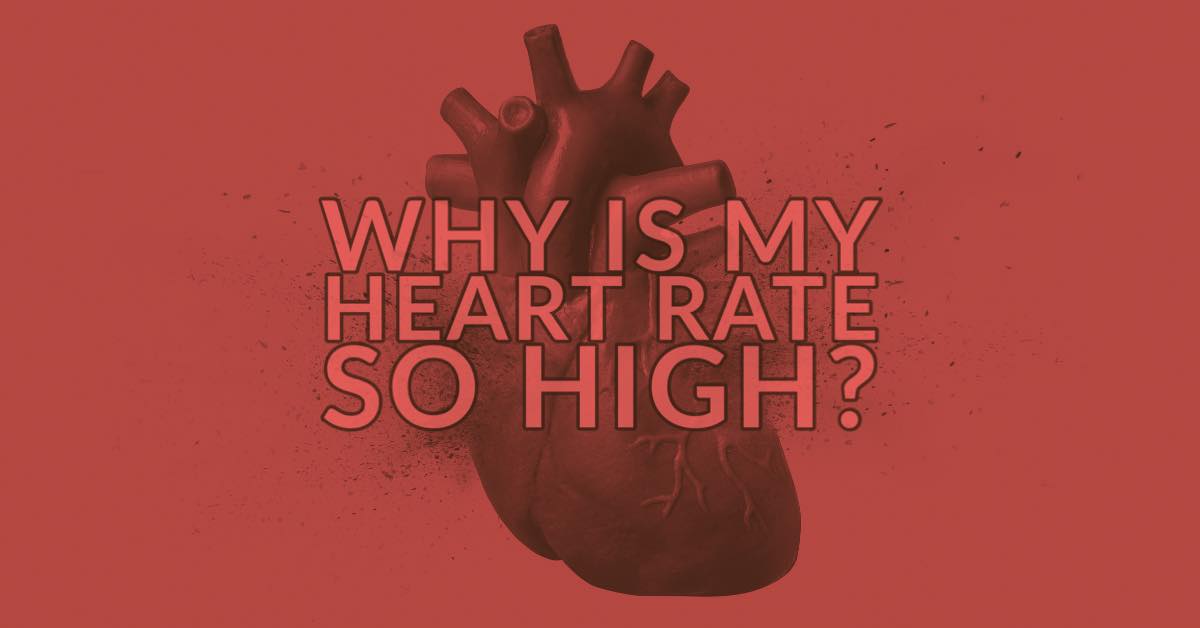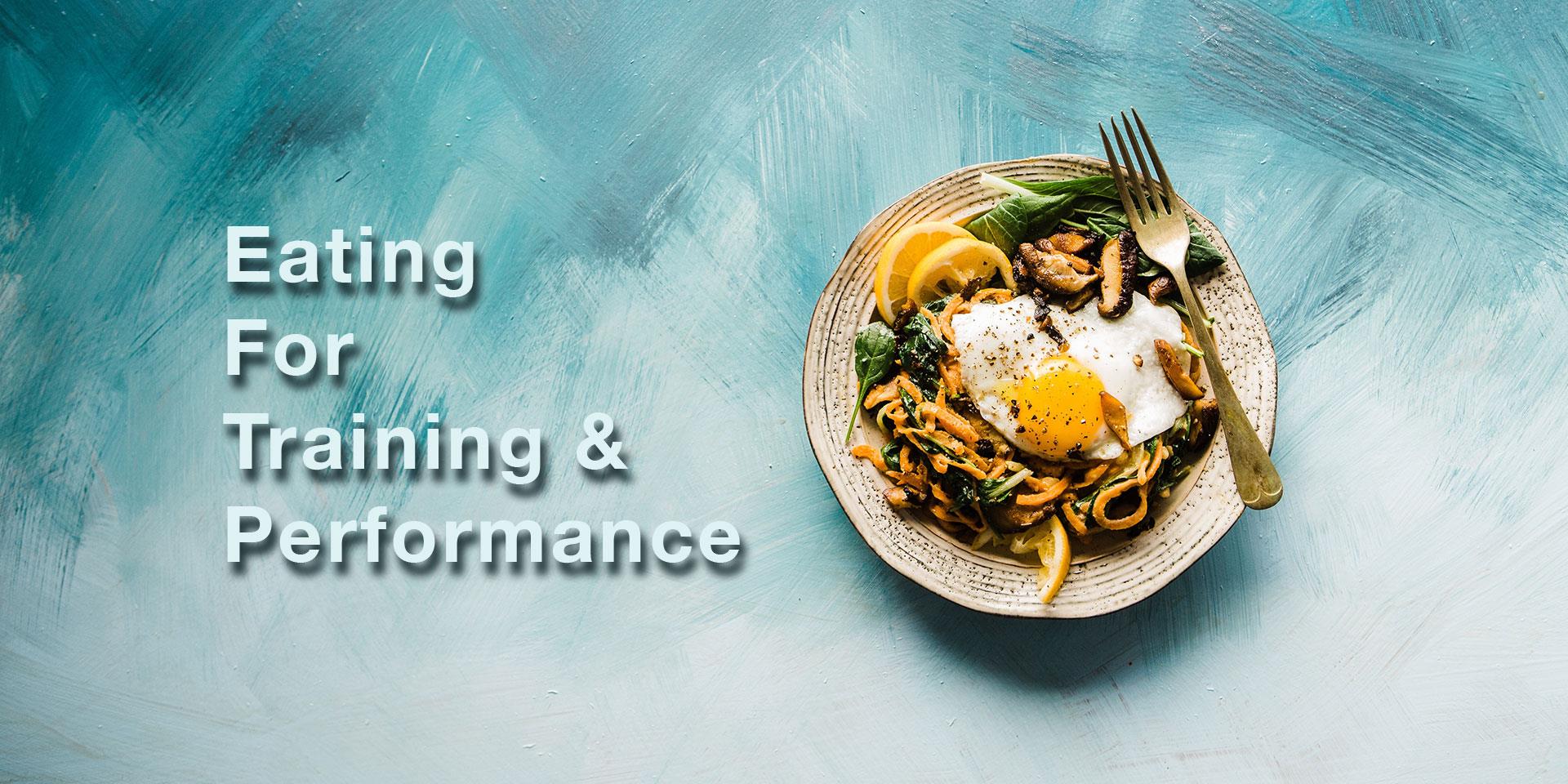Training For Cycling
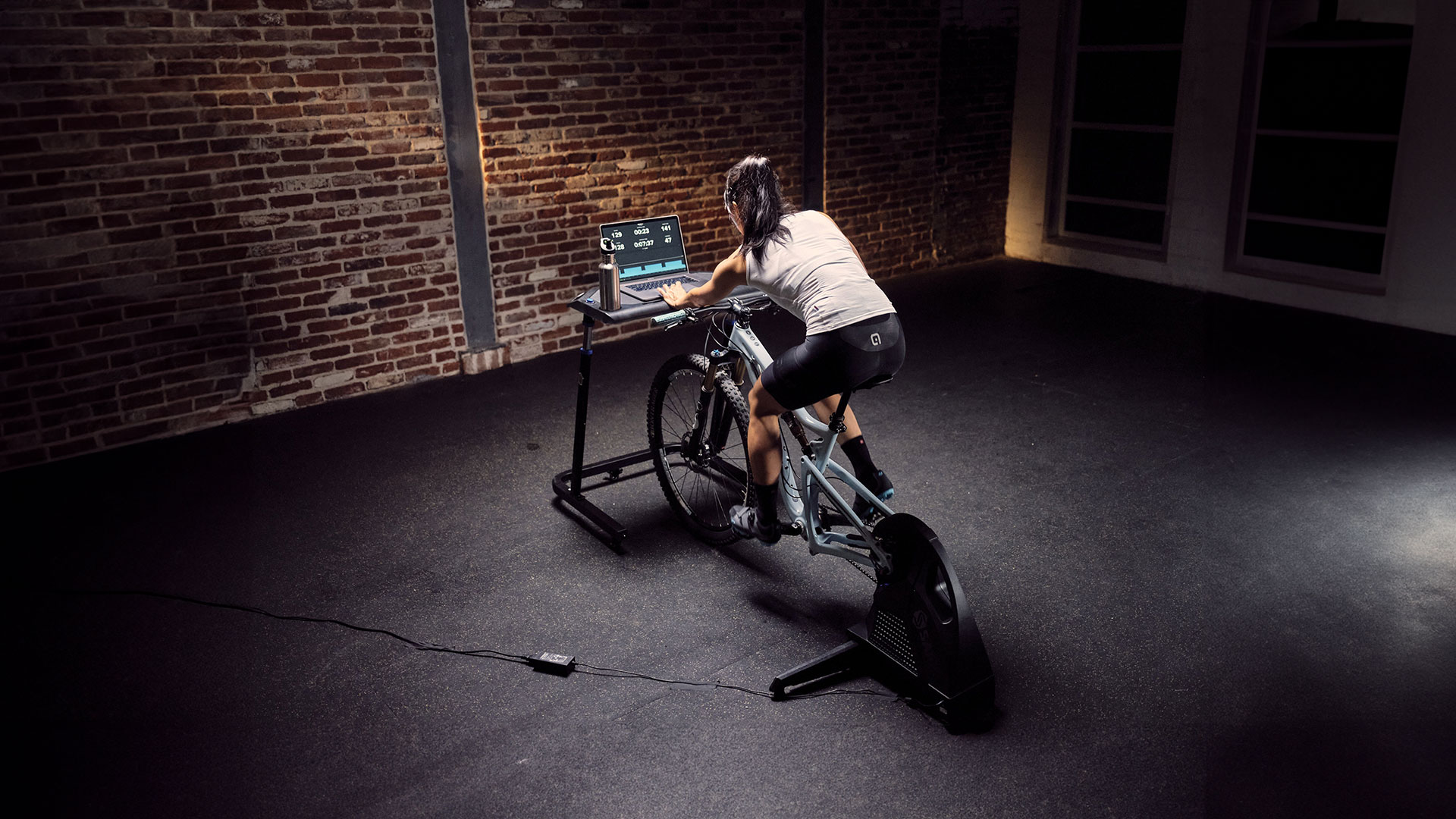
What are we actually trying to do?
You’re in this group so you obviously have some interest in off-season training. We haven’t discussed looking back at your 2022 season yet or formulating goals for 2023, but we’re going to start discussing training today. This post is intended to give you some detail about the physiology involved in cycling, the ultimate goal of what we need to achieve through training and what that means in terms of workouts. It’s long. It has some generalized detail. But you might gain some key knowledge of what we can do to train better to ride better.

Introduction
Generally, all training is good; no training is bad. Any activity that stresses your body in one or more ways will ultimately increase your fitness levels, help to manage your weight, and keep you sane. Lots of riders believe that any and all riding and training is equally good; this however, is not true. I’m not saying don’t go out and have fun doing whatever you want that makes you feel tired. It’s just that, like any sport, there are specific adaptations to our body systems that work better for cycling, and trying to achieve those requires some planning.
Competition cyclists and their coaches say things like “Racing is for the summer, winter is for training” and “Races are held in the summer, but won in the winter.” Maybe for our weekend warrior purposes, we can say, “Winter provides time to train; summer is when we get to apply it to the trails for maximum fun.”
So the question is, what IS off-season training supposed to help us achieve?
What is the goal of cycling training?
Since you’ve made decision to actually train, you are now a “Performance Cyclist”. Your primary objective as a performance cyclist is to raise your aerobic ceiling through discipline, hard work and endeavor.
What is the aerobic ceiling?
Cycling is a sport based first and foremost, on oxygen. What we need to do is simple; get oxygen from outside of our body, move it via our heart into the inside of our muscles where it is used as fuel to fire the muscle, and then expel the waste products in reverse. This allows us to push pedals harder, faster, and for longer.
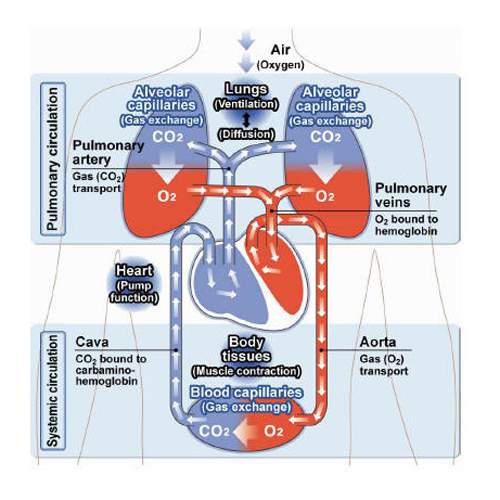
In detail:
- You breathe in to fill the lungs with fresh oxygen
- The heart moves the blood to the lungs
- Lungs fill the blood with oxygen and remove carbon dioxide
- The heart then moves the oxygenated blood around the body
- At the muscles, mitochondria transfer the oxygen into the muscle
- Glucose stored in the muscles combines with oxygen and fires the muscles.
- The waste goes back into the blood.
- The heart moves the dirty blood back to the lungs
- You breathe out to expel the lungs of the waste carbon dioxide
- Repeat. A lot.
The capacity and efficiency of this complex process is our aerobic ceiling. When we hit that ceiling, our, legs lungs and legs burn and our heart feels like it’s going to explode from our chest. If we want more cycling performance next summer, we need to improve the physiology of our lungs, heart, and muscles this winter. Each requires different training.
What is Training?
The fundamental principle of training is to stimulate the muscles of the body into adaptation to better suit our chosen activity. This is a combination of breathe better, build our heart, push harder, and spin faster. We want to make the muscles and other physiological systems we use for cycling stronger, faster, more efficient. These systems are the heart, lungs, and legs.
If our training is to prove beneficial, sustainable and successful, it’s also important to stress these different cycling specific systems in balance and harmony since they work together. It’s no use having five litre lungs, if you only have three litre legs and a 2 liter heart. Big strong legs (high max power) aren’t that useful if you can only sprint for 5 seconds. Or if you’re so tired after 2 hours that you’re at 99% of your maximum heart rate, then you can’t actually push very hard any more because you can’t control your breathing because your muscles don’t have enough oxygen.
Training is the combination of cycling exercises and workouts on our indoor trainers and sometimes (It is winter after all) outside on the bike. Structured workouts (like spin classes) are the preferred method to ride with purpose and target improvement in specific riding physiology. Structured training workouts are a series of power target intervals designed to stress your body a certain way. Cross training has plenty of benefits in rounding out the fitness of any athlete, but cycling has specific requirements that are best achieved by cycling specific training. Certain crossover activities will stress your heart and lungs and you will gain fitness, but you need to train your specific cycling muscles if your personal goal has something to do with riding better next summer.
To keep track of progress and gauge success there are a variety of ways we can measure cycling performance including oxygen capacity (VO2 max), lactate threshold, functional threshold power (FTP) and heart rate (Max BPM). Keeping track of changes to these over time can tell you a lot about how you’re adapting and what needs focus. Training programs like Intervals.icu or Training Peak can help with this. Or we can just ride our bikes, keep track of how we felt and see if Strava says we were faster on some days. Because many of us use Zwiftor Trainer Road, FTP is a popular (and easy to measure) metric we use to gauge changes. But using only one metric doesn’t give us a full picture of fitness. Keep using FTP, but also track your ride personal records in Strava, your cadence and heart rate on rides, and keep notes on how you felt after rides helps to build out a better picture of different changes and success.
While we are doing our workouts, we also use these measurements to help guide us towards hard work and good training stress. On the trainer and bike we can use power (watts), cadence (rpm) and heart rate (bpm) to ensure we ar working at good training levels. Again programs like Zwift and Trainer Road provide numbers on screen for tagert power and cadence and you work to match these targets to achieve a good workout. These are called structured workouts.
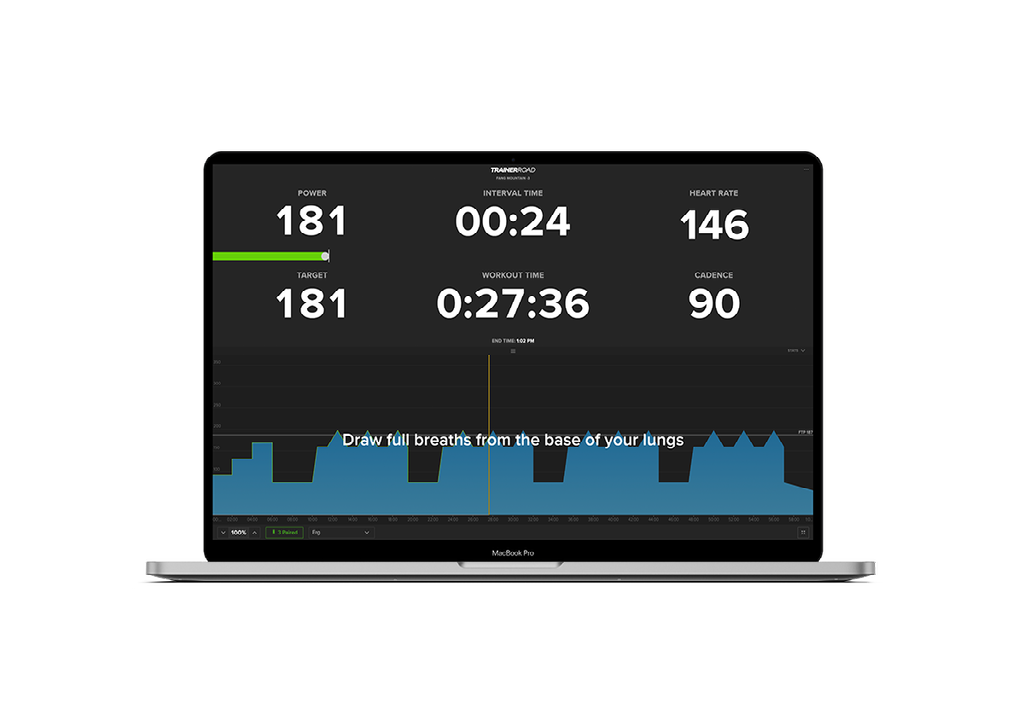
For structured workouts to be most effective, they need to be combined into a training plan which organizes and manages what workout goes on what day, the amount of training stress of each workout, and your rest days. Zwift and Trainer Road are the 2 most popular programs that provide this calendar for you. Note that rest is a key component to structured training because it’s rest that allows your body to rebuild itself and become stronger.
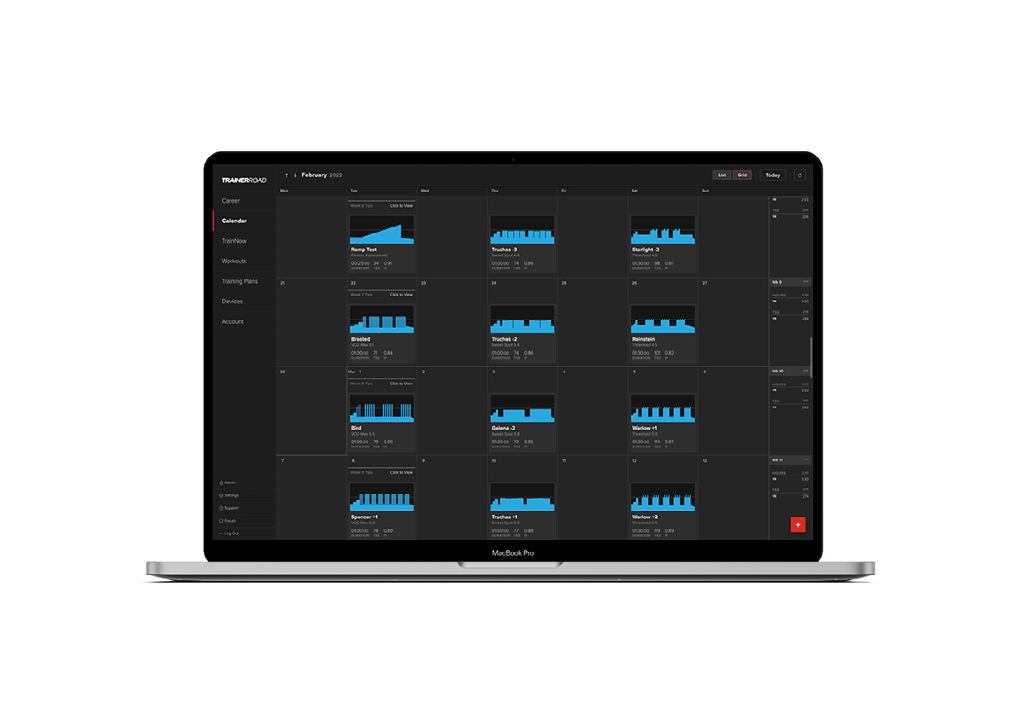
There are lots of other online platforms that can provide plans, or you can hire a training coach. Trainer Road, Zwift, Xert and Wahoo X are some popular tools. Trainer Road and Xert uses AI to customize programs on the fly for maximum benefit. The best thing is pick one, and stick with it for 12 to 24 weeks this winter.
Do the right things, in the right order, at the right time and the magic happens.
What does riding do to your body?
As stated above, cycling is all about oxygen delivery. How quickly you go depends primarily on how much oxygen you can get to your muscles, and how quickly you can get it there. Demand for this oxygen in your muscles will always exceed supply; always.
When we are riding, we are either aerobic, riding with oxygen, or anaerobic, without oxygen. We start out riding at a comfortable pace, spinning our legs with only a bit of pressure, and talking with our friends as we ride along. There is lots of oxygen in our blood to meet the moderate demands of our muscles and we are aerobic. As we speed up, climb an hill or ride harder, we push our legs harder and faster, and our muscles need more oxygen from our blood. At a certain point we can’t talk anymore and we have to focus on our effort. Our heart pumps faster, we breather faster, and our body works to deliver more blood to the muscles. But we reach a point where we can’t deliver enough oxygen and our muscles change the way they produce energy and we become anaerobic. We might be able to push hard for another 30 seconds, but we ultimately have no choice but to back off the effort or stop in order to let our heart rate drop and recover. We have to let our body recovery to an aerobic state so we can keep going.
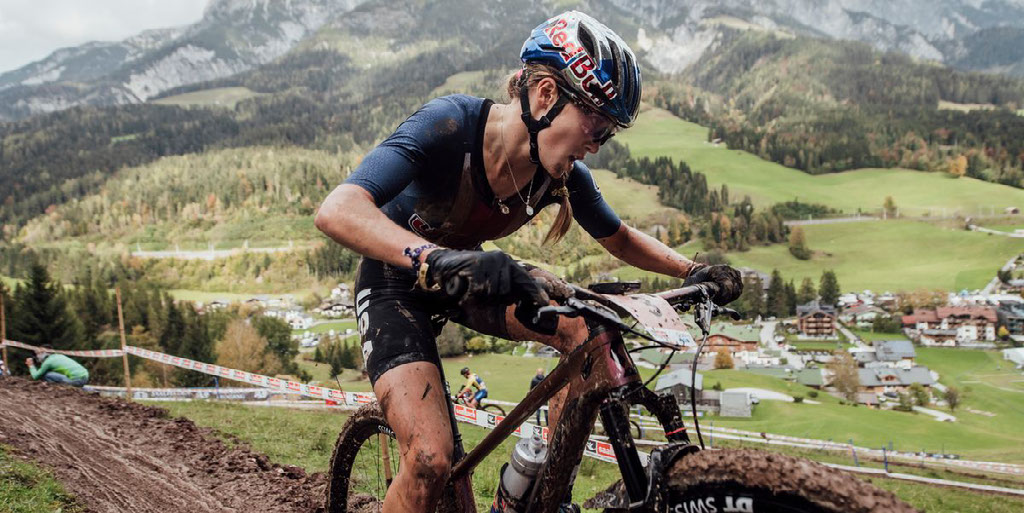
Your objective as a performance athlete, is to create as much oxygen supply as you legitimately can, with the aim of making yourself as efficient and effective as possible for the summer. You want to increase your aerobic capacity and shift the aerobic ceiling higher so that you can last longer before you go anaerobic and fatigue.
How do we train our body?
The many factors that influence oxygen delivery are mostly genetic. The capacity of the heart, the lungs, the bloodstream, mitochondria and muscle capillarization are largely inherited and hard to change. (Blame your ancestors) But the performance of each can be influenced through training stress.
One of the biggest contributors is the lungs; you can't really do much to change their volume, but we can practice controlled and deep breathing using our belly and diaphragm muscles to ensure we expel and intake a full fresh supply of air with every breath. Deep, controlled, rhythmic breathing is a skill you can practice. You need to consciously train your diaphragm muscles to move more deeply and forcefully to help your lungs perform better.
Getting more oxygen into the muscle means we need better capillarization. Fortunately, the body does this on its own achieving greater muscle capillarization when more oxygen is consistently delivered as a stimulus. So if we focus on oxygen delivery to the muscles we will gain improvements in capillarization over time, which is all about making our beating heart pushing more blood.
Your heart is a special and unique muscle in your body. You never have to think about it and it just beats, over and over. It speeds up and slows down as needed and never stops. (which is very good). You never think about doing heart push ups, but if you do work your heart, it can, and will, respond to training and can be changed. You can influence the volume of the heart chambers, and the force with which your heart can pump blood. Correct, targetted, specific training can be far more beneficial than "just training".
But perversely, and counter-intuitively, the heart responds in a more conducive way to riding slower.
What happens in a beating heart?
If your heart is beating quickly, then your blood flows quickly. This is necessary and good, but a quick heart beat means that blood has less time to be in the lungs and absorbs less oxygen; when the heart quickly draws blood into its chambers there is not enough time to fully fill the chambers with oxygen-rich blood before the mixture is forced out and down into the muscles. This already lower oxygen density blood carries less fuel into the muscles, and has less time to absorb waste before being pulled out and back up to the heart and lungs where it, again, has less time to dump out waste products. There is a limit to how much oxygen volume you can move through your body when your heart is beating close to maximum. A heart beating quickly is not absorbing much oxygen and not pushing blood very hard. Think about blowing up a balloon; you could try to do it with a thousand short, shallow, quick breaths. But 20 deep, full, powerful breaths is easier.
When you ride slower, the heart beats slower, and the valves in your heart stay open for longer; the longer they are open the more blood has time to absorb oxygen in the lungs, and the more completely the heart chambers are filled. Because the chambers are more full, the heart has to squeeze harder to empty the extra volume from the chambers. Then this larger volume of highly oxygenated blood ends up in the muscles where the capillaries work hard and increase the rate of transfer to maximize oxygen fuel delivery into the muscles and transfer wastes out.
Because your heart is a muscle, at this slower rate of beating it must pump more forcefully against the increased blood volume, and it gets stronger with every full beat. It’s like push-ups for your heart. Over time 2 things happen; the chambers enlarge to hold more blood, and the heart muscle becomes stronger, so it doesn’t have to necessarily speed up when the demand for oxygen from your muscles increases. Now when your pedal harder and faster, there is more oxygen delivered to your muscles with every stronger heart beat. The demand from your muscles is easily met and your heart rate stays lower and so does your breathing. You remain aerobic for longer, even as your output becomes harder.
More oxygen into the blood, more blood into the heart, more oxygen to the muscles. Repeat and get stronger.
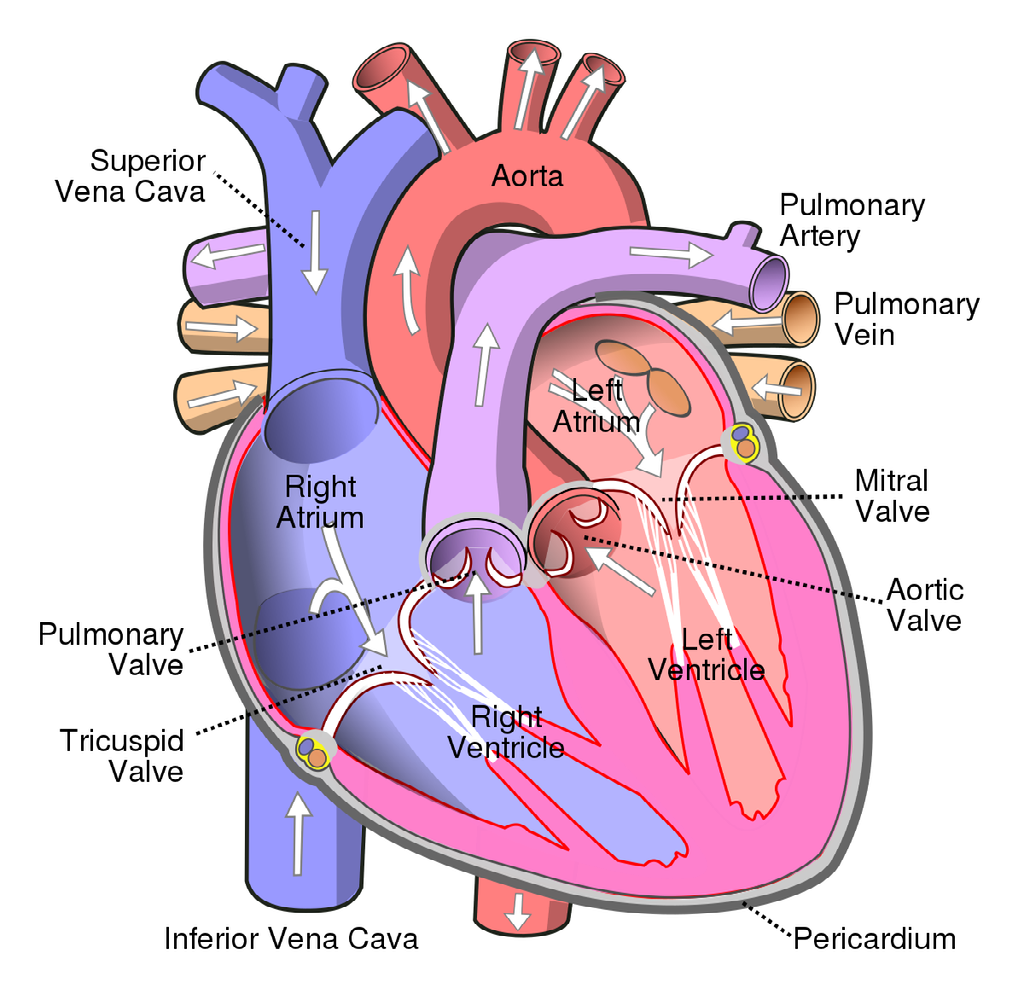
How do we train like this?
Cycling training is typically made up of 3 phases:
- Base
- Strength
- Speed
An effective training season should always begin by building base. This is the training block that feels easy and many people skip or ignore because it doesn’t feel like hard training. But this is the part where you build your heart muscle and capillary system and key to building a foundation for oxygen delivery. It used to be that road cyclists needed 1000km of LSD (long, slow, distance) before they started working on strength. Nowadays most training plans work in 3 blocks over 12 weeks. 3 to 6 weeks of Base is essential to a successful training plan.
This training is best accomplished for most people by base building in Zone 1 (<55% FTP, <80% HR) and Zone 2 (56%-75% FTP, 81%-89% HR) . Low & Slow is how you go. It should feel easy. It is. But it affords you the opportunity to work on deep breathing and to strengthen your heart. To avoid boredom you can always add in single leg drills, fast spinning drills, and low cadence work while standing. Find that 1.4w/kg Zwift pace partner and just enjoy pedaling in the virtual pack practicing to be a Domestique moving from front of the pack to back to front. Use the virtual world to manage your approach. (And yes, it’s Ok to throw in a harder workout in between your 3 weekly LSD rides)
Second stage training is where we build strength. This can be achieved using a variety of training plans, including a lot of sweet spot workouts. These feel hard because they include long and hard intervals that strain your muscles. For most people these workouts will bring an initial increase and then stabilization of your FTP, and should focus on power over long intervals. At the end of this block, a 12 minute interval at 90% FTP is now a tool you can use next summer.
Lastly in our third training block, we build off of our strong heart and newly strengthened legs, and we add speed. These are VO2 workouts where we push our legs to spin fast and our heart follows and beats fast too. Over time this raises our aerobic ceiling, and builds out our secondary skills for generating power (fast legs). As weekend warriors, the ability to spin fast for 60 to 90 seconds opens up your ability to rocket up steep, punchy climbs or techy features and to accelerate into corners and jumps on demand.
Do the right things, in the right order, at the right time and the magic happens.
Summary
Riding slowly, keeping your heart rate under control, with a steady-state, aerobic, endurance ride, will increase heart chamber volume, heart muscle mass and your overall cardio efficiency, and is the foundation for training success. If you take away on thing from this, it’s that you need to practice breathing and do slower workouts to build your base.
Riding around all the time at a level that makes you feel tired will make you happy that you “did a real workout”, but unless you are pushing yourself to complete fatigue, you may not actually be creating much training stress as a stimulus for any one physiological area that governs your aerobic ceiling. There is a growing science around this stuff.
All training is good. But specific training can be much more effective. Understand a bit more of the physiology behind cycling and you can maximize the value of winter training.
Winter is where the summer magic begins. Good hunting
References
Much of this content is abstracted, borrowed and maybe stolen from Tony Williams, EFR Coaching. (Website, Facebook)
